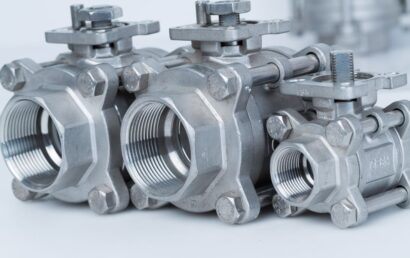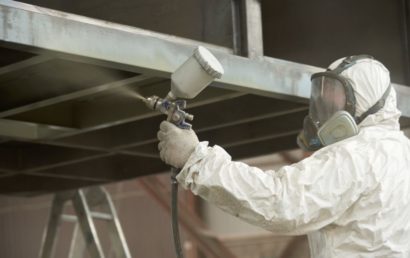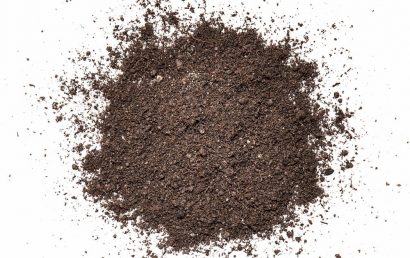Understanding Metal-Seated Ball Valve Coating Materials
The decision as to the most suitable valve for the job is a relatively straightforward one. Body material, pressure class, size – these are all considerations. But when it comes to metal-seated ball valve coating materials, how is the choice determined? For a valve to meet specific application demands, it is essential that the proper trim coating materials be selected. Let’s take a closer look at this dilemma.
Why Are Trim Coatings Important?
Between the seat and the ball, there is metal to metal contact. This is how sealing is achieved by a metal seated ball valve. Unfortunately, galling occurs when even moderate pressure is present as similar hardness slide against each other. Eventually, the valve will seize up as the damage worsens. That is, if no coatings are applied.
But with the right coating, a smoother sliding operation can take place between the seat and ball, reducing friction. Wear and damage due to thermal swings, cavitation, particle impact, erosion, abrasion, and galling will be reduced. The valve’s operating torque is lowered by reducing friction in the trim.
Trim Coating Selections
Seat, ball, and valve body materials are selected based on chemical compatibility, temperature, pressure, and other factors. When choosing trim coatings, the same criteria must be considered. Instant failure could be the result of improper selection. But if you have unsuitable base materials, even the best trim coatings can’t make up for that. Through proper coating and base material selection, the valve will meet the demands of the application.
Coatings And Processes
Processes:
- Nitride and thermal diffusion – Diffused into ferrous metal surfaces such as martensitic stainless steel or carbon steels. In abrasive and high-temperature applications, useful for extending valve bearing surface life.
- Boride thermal diffusion – Diffused into the base material surface and can be used on numerous carbides, cobalt, nickel, and ferrous alloys. Erosion resistance and wear-resistance significantly increased. Well suited to abrasive and high-temperature applications as well as any time corrosion concerns and demanding material requirements are present.
Coatings:
CrC (chromium carbide) – Well-suited to extremely high-temperature liquid or gas applications. Superb resistance to corrosive media, erosion, and wear.
WC-Co (Tungsten Carbide) – Extremely resistant to high cycle operations wear and erosion from powders, slurries, mus, and abrasive catalysts.
Cobalt-based Alloy – Based on their individual suitability and properties, specific materials are applied, but multiple materials are used for coating. Individual properties can be based on part types such as bearings, shafts, plugs, and seats.
NiBo (nickel boron) – Performs well in high-pressure and high-temperature applications. Extremely resistant to damage from thermal shocks, cavitation, and erosion.
HCr (hard chromium) – Where most valves are concerned, this is a standard coating. It is suited to applications that are wide ranging in gases and liquids at moderate pressures and temperatures.
At A&A Coatings, we have just the coating materials needed to deal with your metal seated ball valves. For that matter, we have thermal spray protective coatings for every industry imaginable. It’s time to deal with a protective coating company that has your specific needs and requirements in mind. Contact us today to experience the significant difference offered by dealing with a company that’s been in business for over 70 years.




